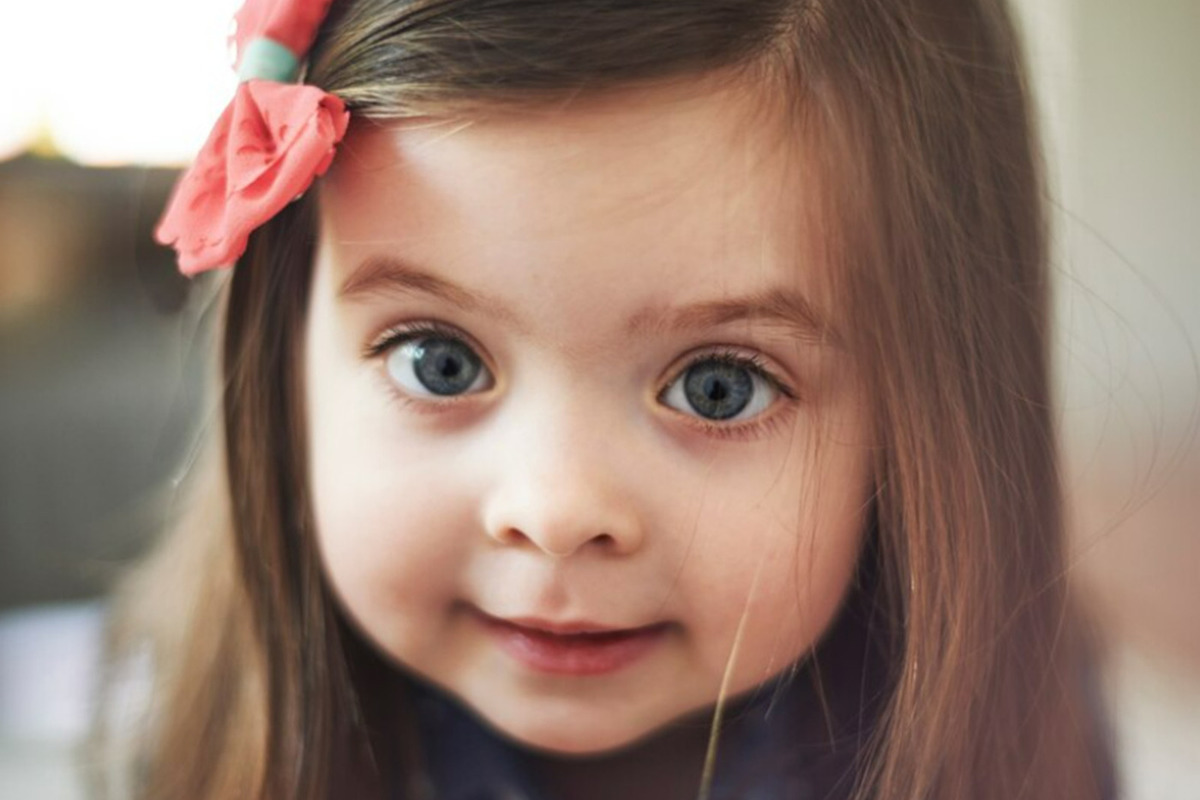Scientists explain the change in eye color after birth
[ad_1]

American scientists have explained why children’s eye color changes after birth and why siblings have eyes of different shades. The determining factor was the set of genes inherited from parents, and it is unique for each person.
Have you ever wondered why your eyes are the color you are? In comments to Fox News Digital, geneticists explained the phenomenon. Eye color is the color of your iris, which is the colored part of your eye that surrounds the pupil. According to doctors at the Cleveland Clinic, your pupil is a small black hole in the center, and “the color of your eyes is like a fingerprint. No one in the world has exactly the same eye color as you.”
“Eye color depends on the amount, type and distribution of melanin, or pigment, in the iris,” said Cleveland Clinic genetics expert Blair Stevens. “Melanin production is determined by the genes we inherit from our parents,” she added.
Eye color is considered a “polygenic” trait, meaning that multiple genes are involved. Therefore, some genetic “combinations” produce more melanin, resulting in darker eye color, while other genetic “combinations” produce less melanin, resulting in lighter eye color.
Melanin production continues after the baby is born, and this, according to the expert, explains the change in eye color in newborns.
Here recessive and dominant genes play a decisive role. According to Stevens, “recessive” traits usually only appear if an infant inherits a recessive gene from both parents, while a “dominant” trait inherited from only one parent can cancel out a recessive trait from the other parent.
“It is believed that brown eye color is dominant over blue eye color, similar to mixing paints,” explains the expert. That is, one color suppresses the other, “painting over” it. For example, if you take blue paint and mix it with brown, the resulting color will appear more brown than blue.
Why does it happen that a child has blue eyes, while one of the parents has brown eyes and the other has green eyes? An expert says brown eye color is dominant over blue eye color, but we each have two copies of each gene – one from each parent – and multiple genes are involved in determining eye color. These study results may mean that there are many combinations of genes that children can inherit from their parents. Scientists compare it to a watercolor palette, in which there are several variations of blue, green and brown paint.
And so it is not surprising that siblings can have different eye colors. “Because if a person has various genes that produce large amounts of melanin, they are likely to have darker eye, hair and skin color than someone who has genes that produce less melanin,” summarizes expert.
However, there are some genes that affect hair color but may not affect eye color, and vice versa. The completely different eye color of brothers and sisters depends on the combination of inherited genes, and it is obvious that each person has his own set, and therefore we are unique.
Scientists at the Cleveland Clinic note that eye color can come in a variety of shades. Here are some of them: According to researchers, every fourth American has a blue or gray tint. Brown is the most common eye color in the world. Today, about half of people in the United States have brown eyes. But green is the least common eye color, with only 9 percent of Americans having it. Hazel is a combination of brown and green and is found in 18 percent of the US population.
[ad_2]
Source link








